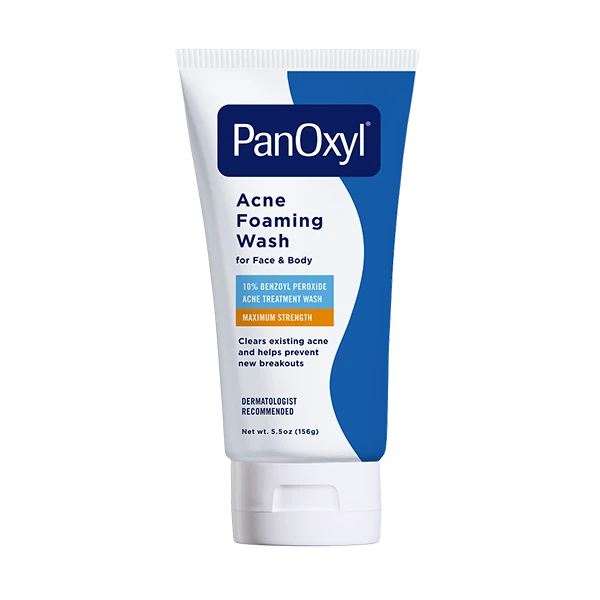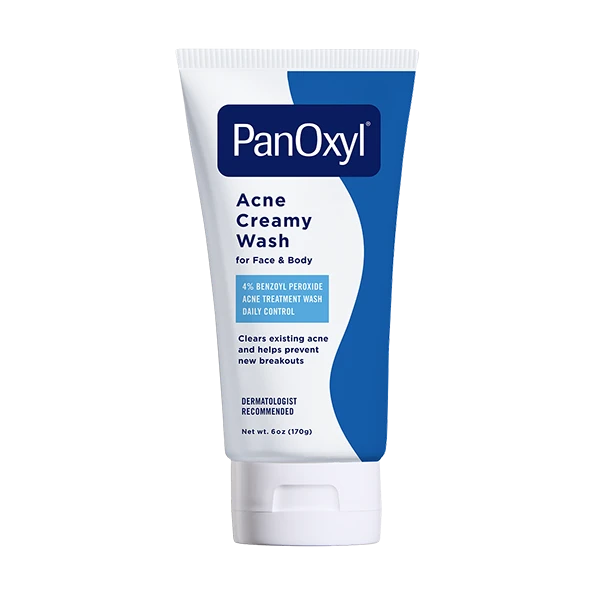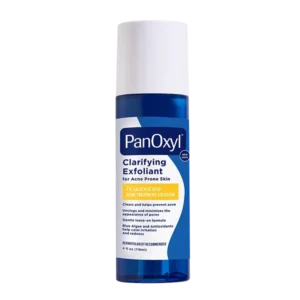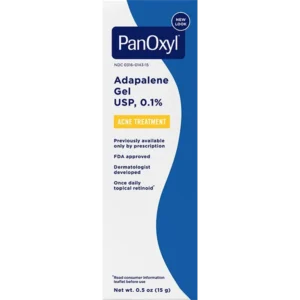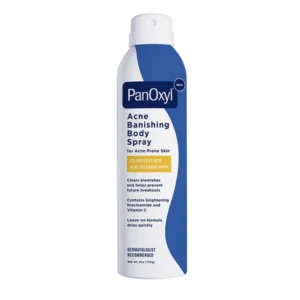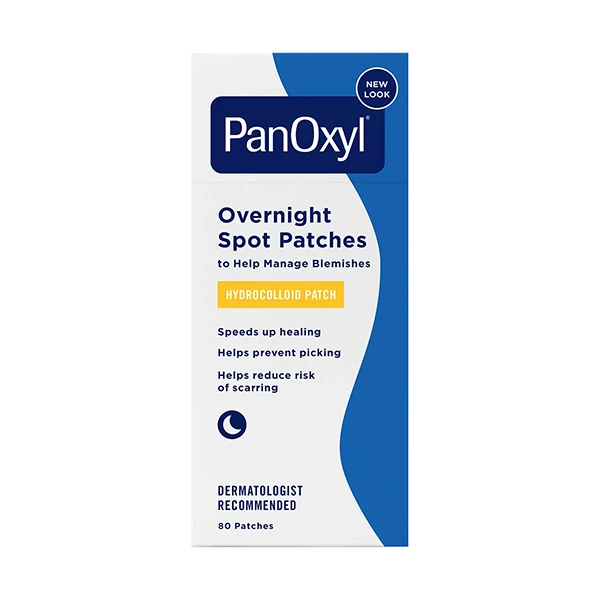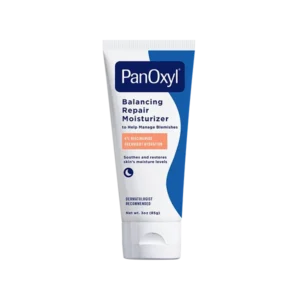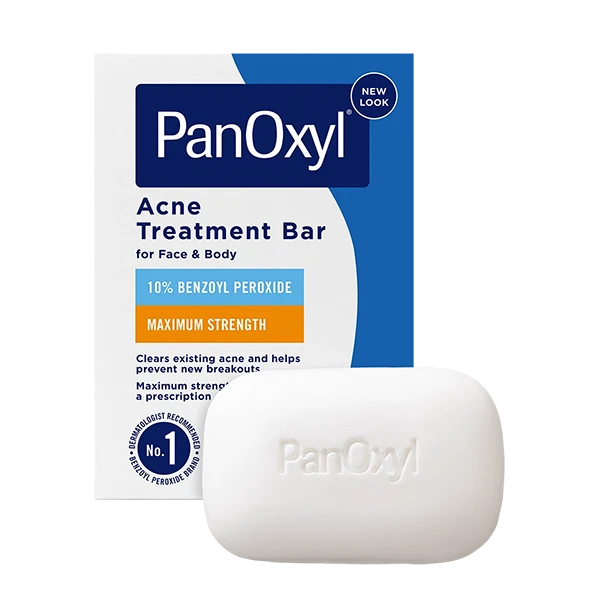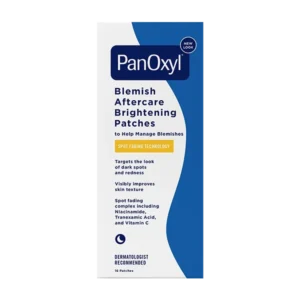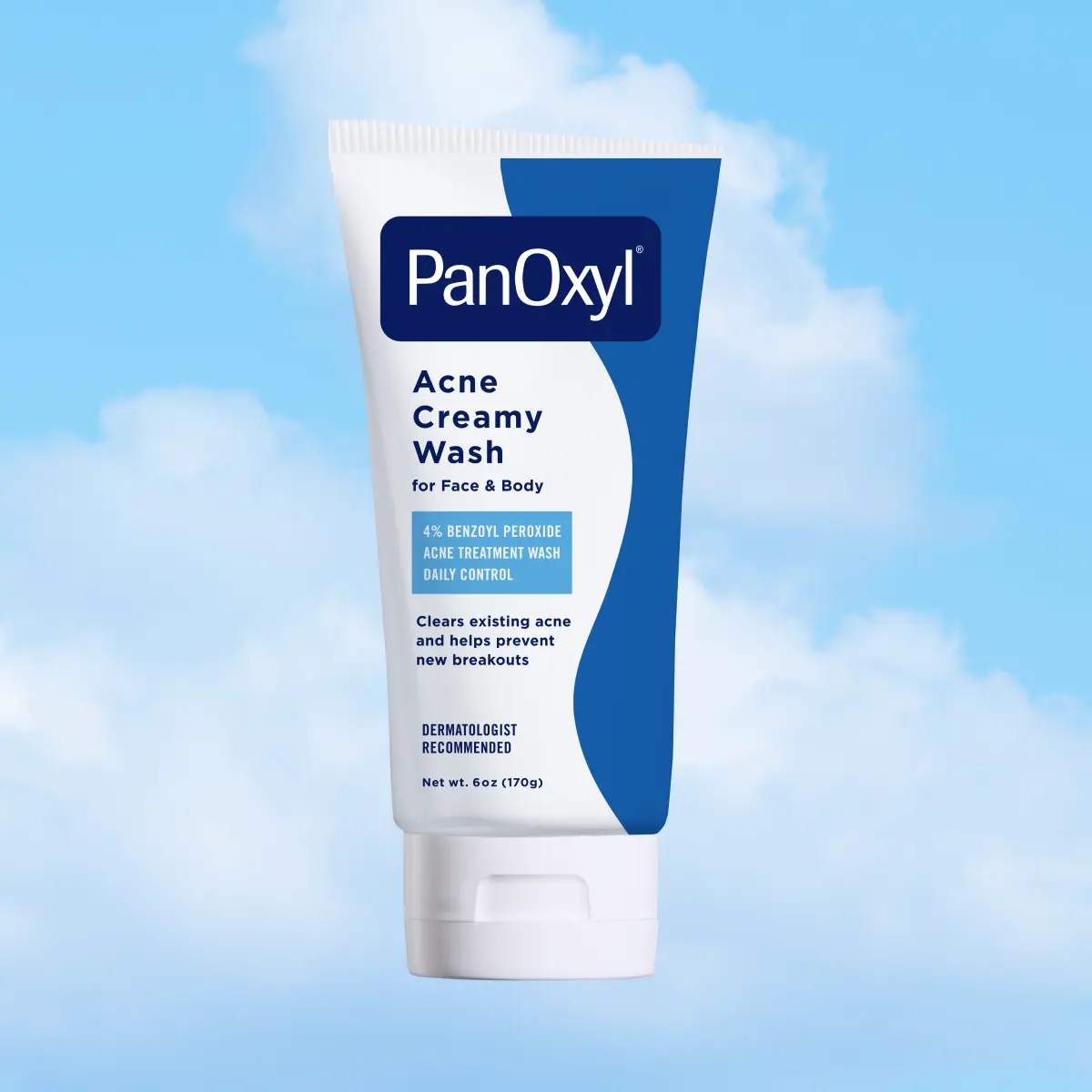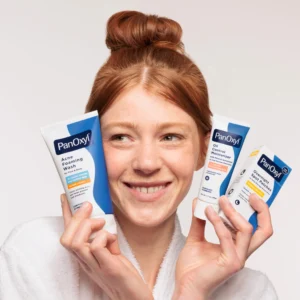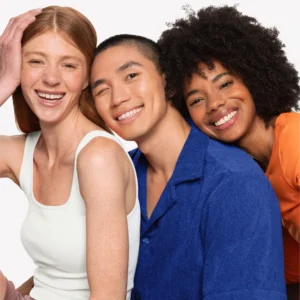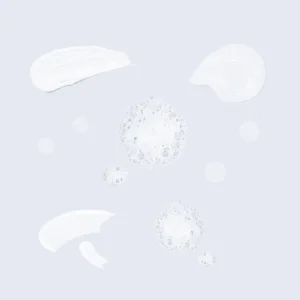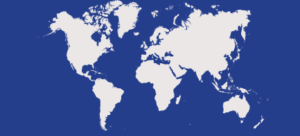Hydrocolloid Pimple Patches
So, we’ve covered how hydrocolloid bandages work in the medical world, but how does that relate to what’s happening on your face?
Several studies have proven hydrocolloid patches are great at absorbing wound secretions and helping to speed up the healing process. And when you get down to it, pimples are actually a form of wound on your face. A wound is an injury that breaks the skin—which is exactly what that backstabbing pimple did.
A pimple forms when acne-causing bacteria, excess oils and dead skin cells block a pore. This leads to irritation, inflammation and redness and often creates a lesion. This is an area of skin that looks abnormal compared to the skin around it.
Hydrocolloid patches like PanOxyl’s PM Overnight Spot Patches work best for blemishes that have come to a head (think those traditional white, balloon-like blemishes) and those blemishes that have popped. They absorb all of the nastiness that’s just underneath the surface of your skin to help your blemish heal. (Just take a look at your patch after you remove it. It won’t be pretty.) They’re also great because they can be used on all skin types.
These round, cushiony patches contain water-binding groups within their structure to help prevent water loss in your skin. This acts like a protective bubble to keep your blemish or the leftover crater moist which helps to speed and promote proper healing.
You may have been told in the past to keep a wound open and dry. Studies like the one we’ve linked here have actually shown this can slow down the healing process and harm your skin’s barrier. A moist, pillow-like environment is exactly what your blemish wants to help it heal faster.
Hydrocolloid patches also work by creating a protective barrier between your zits and the threats of the outside world—even if that threat is you! The little gel patch protects your blemish from dirt and grime which can aggravate your blemish. A hydrocolloid patch helps keep the blemish clean so it can heal more quickly.
If you’re a sucker for popping and picking spots, you probably already know the damage it can do. Long-term scarring is no joke. But it’s so hard not to squeeze them, right? Luckily, a pimple patch will stop you in your tracks, keeping bacteria-ridden fingers at bay so your skin can do its thing and heal.
Hydrocolloid bandages are favored among medical professionals for healing wounds, so that should tell you a lot about their effectiveness. These aren’t just a silly trend, they’re something that’s been used by doctors around the world for decades, and now they can be used to fight your blemishes, too!
Microdart Acne Patches
The other less common patch on the market is the microdart patch (or microneedle acne patch). These contain different acne treatments, such as salicylic acid and niacinamide, which are delivered into the skin through tiny dissolving darts on the patches. Depending on the ingredients used (and be careful to find a patch that contains spot-fighting ingredients!), they can help reduce redness and help prevent hyperpigmentation after your spot has cleared.
Most dermatologists say the best time to use these types of patches is for those acne bumps that are deep inside the skin that have not yet surfaced.
Medicated Acne Patches
If you want something to help soothe your acne or move the process along a bit faster, you may consider medicated patches. These patches hold active ingredients directly onto the skin.
Depending on the ingredients, these patches can help reduce the inflammation, pain and redness caused by acne. Tea tree oil and salicylic acid are the most common ingredients found in these types of patches.
How to Use Acne Patches in Your Skincare Routine
While you may not need them daily like an acne wash, acne patches are definitely great to have on hand when you have one or two blemishes that you want gone quickly. But where do they fit into your skincare routine?
Since acne patches have to stick to your skin to work, it’s best to apply them when your skin is dry. Wash your face to make sure you’re placing the acne patch on clean skin. Apply the patch after washing your face but before using any other products such as moisturizer or sunscreen.
Spot patches should be replaced often. They’re typically okay to wear up to 24 hours daily for up to 21 days. If the patch has absorbed a bunch of gunk, you may want to replace sooner.
Wave Goodbye to Blemishes
With acne patches, you don’t have to walk around with a large, red mountain on your face ready to erupt. Just pop on a patch and let it do the work.
At PanOxyl, we’ve made overnight spot patches that actually work to help your skin heal faster and to help reduce the risk of scarring. When it comes to acne, we use scientifically proven ingredients to give your skin what it needs to fight off acne.
